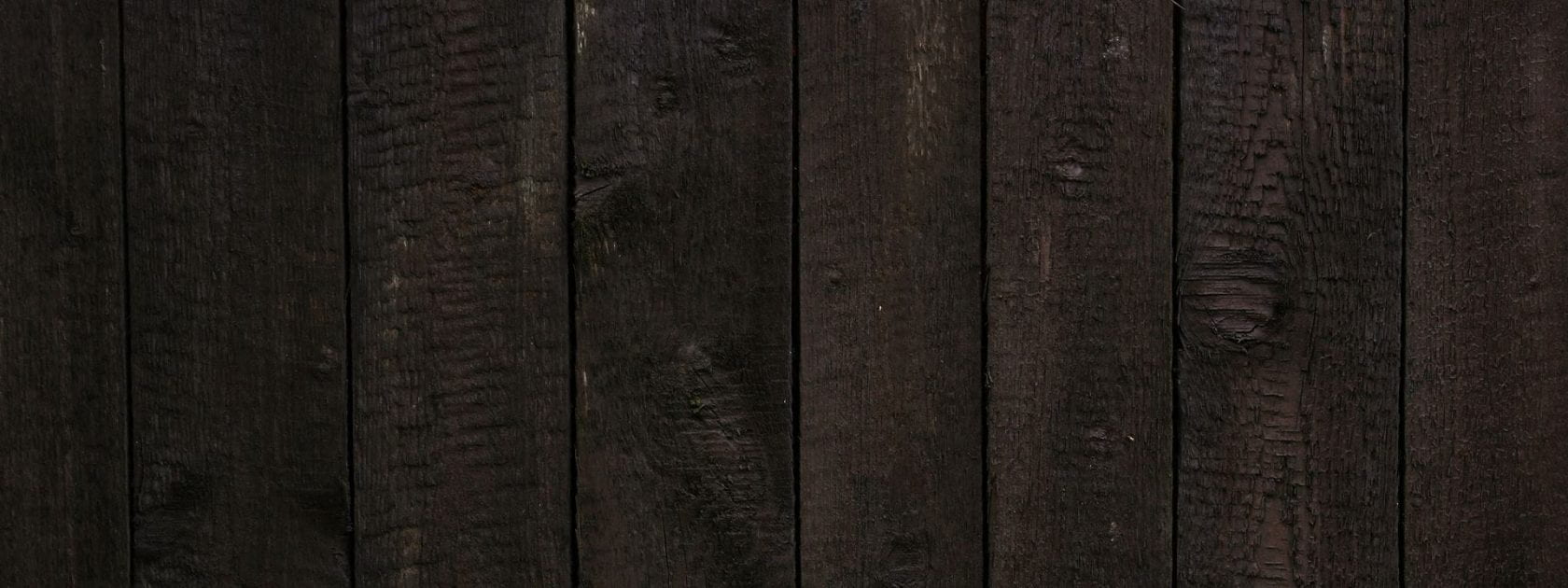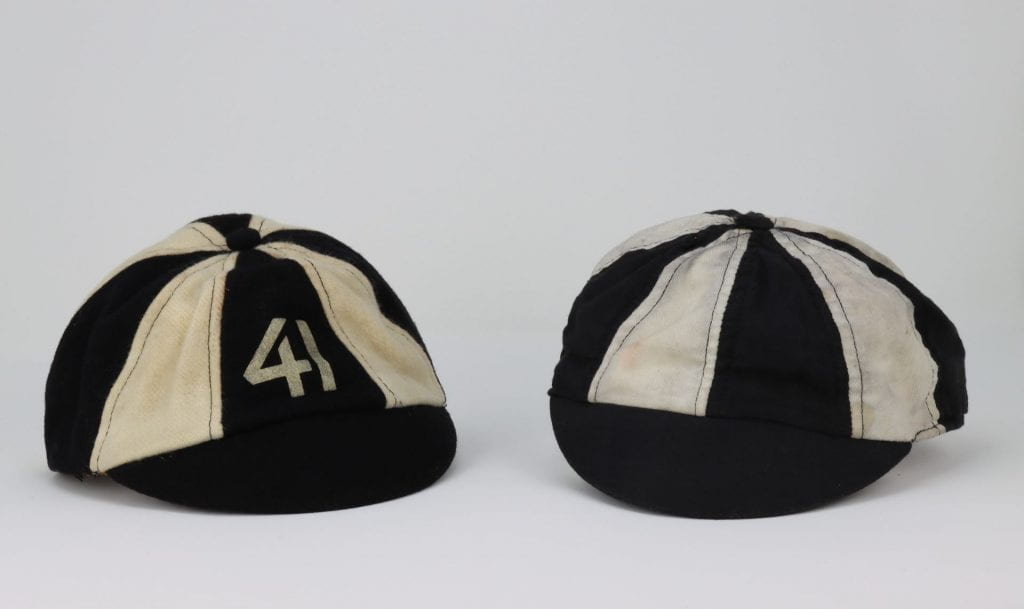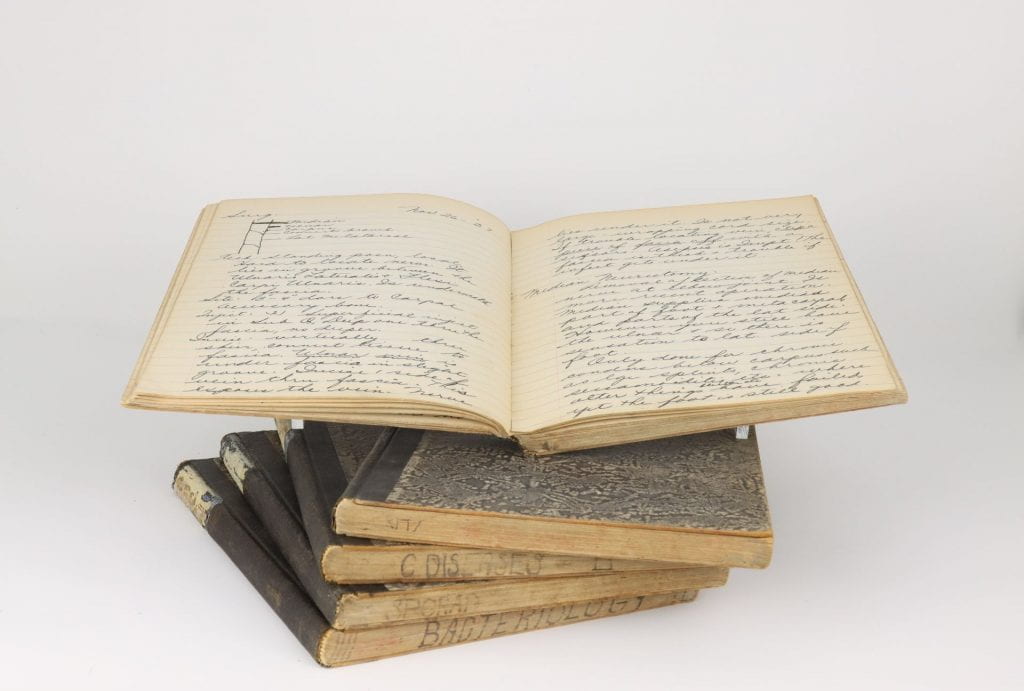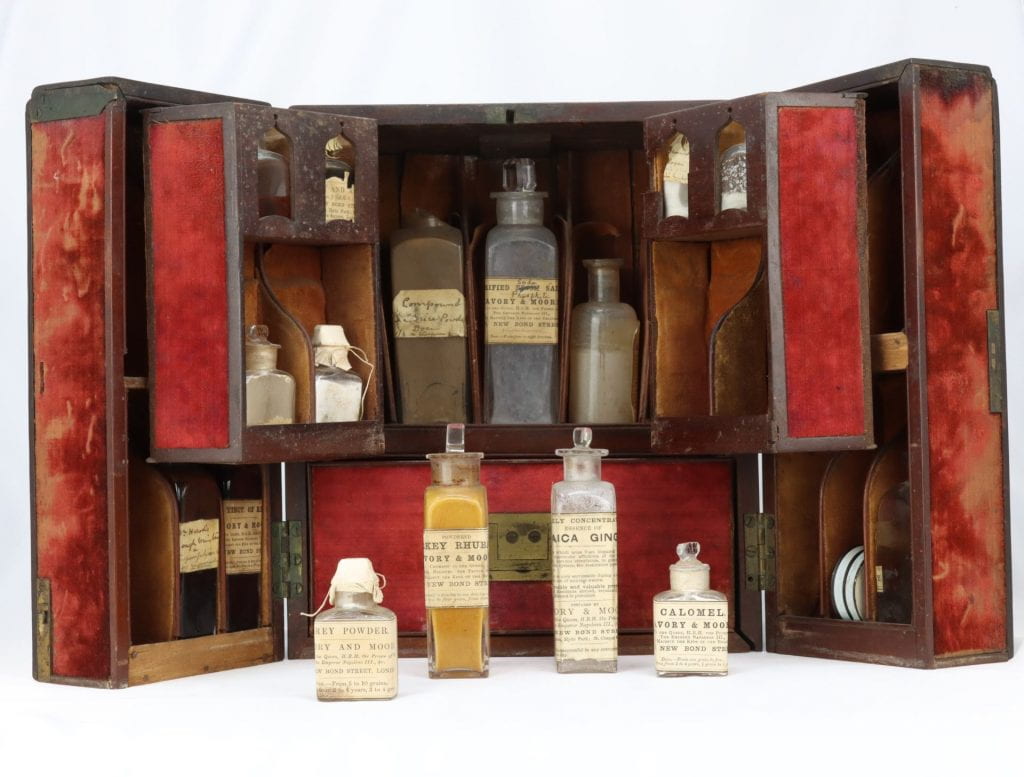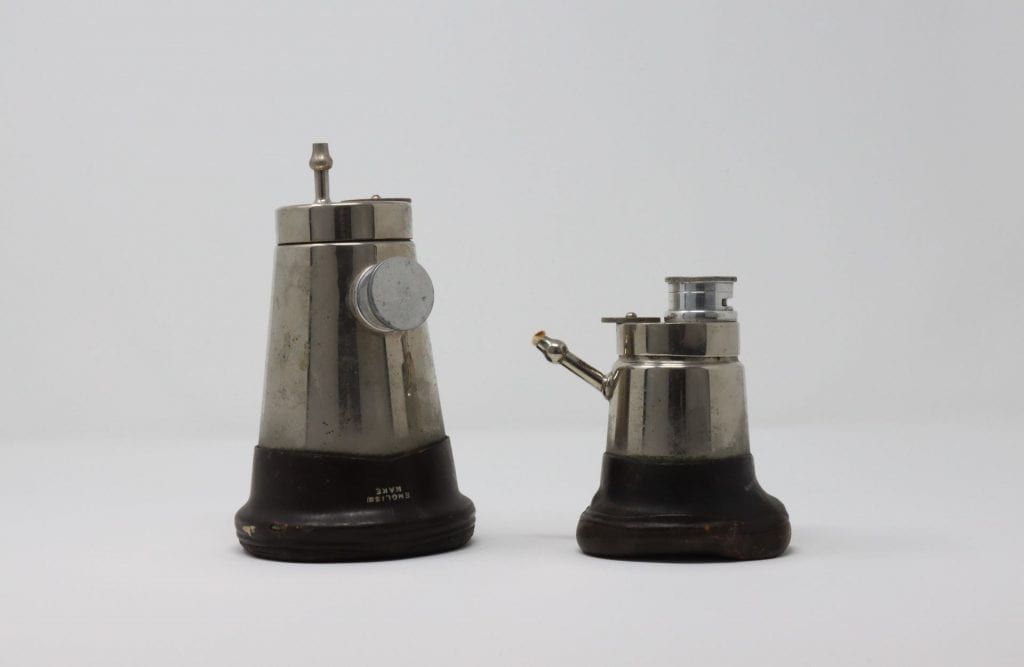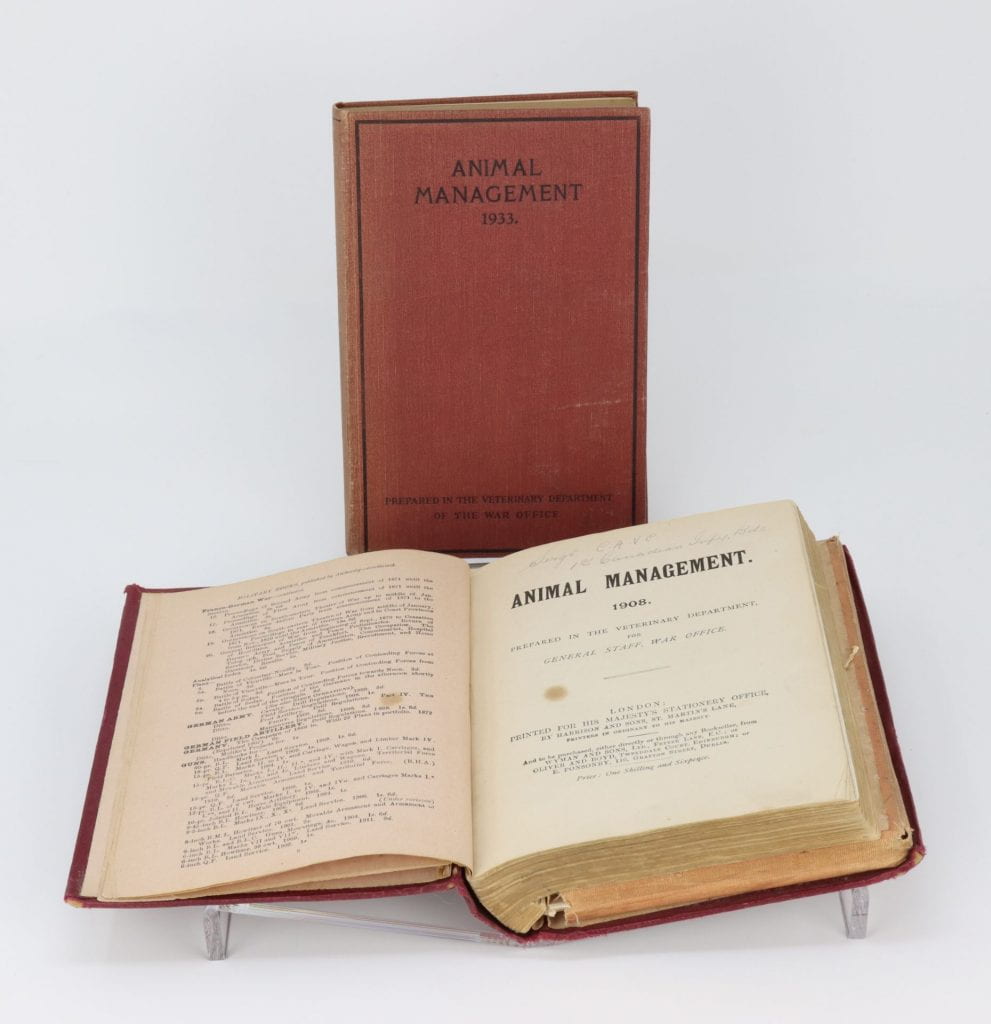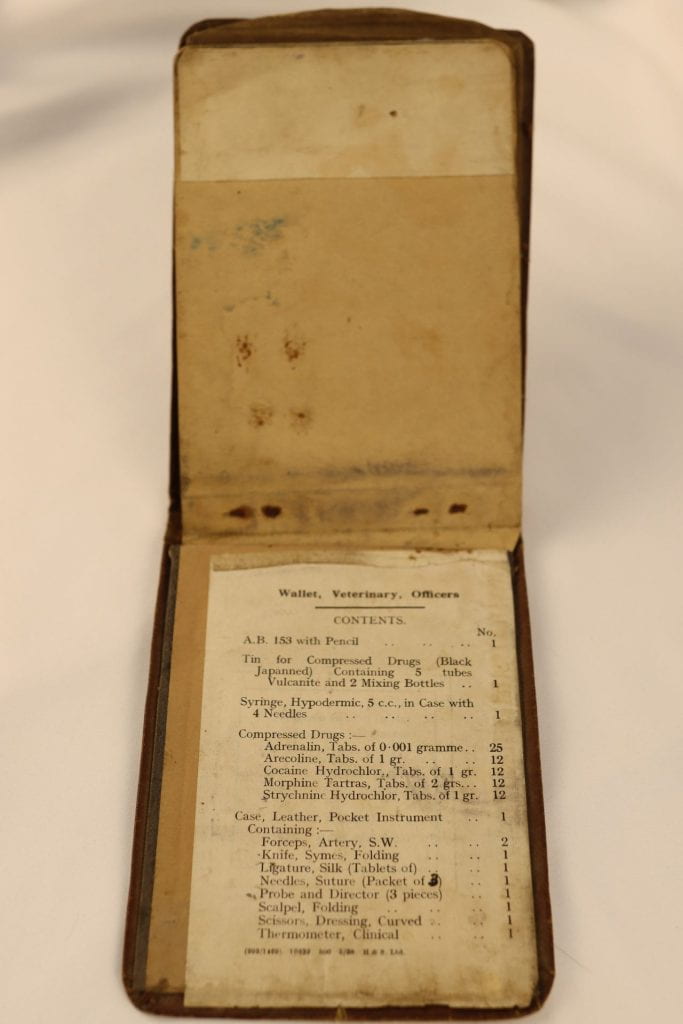The Barker Veterinary Museum is comprised of over 10,000 objects, reflecting various aspects of the history of veterinary medicine in Canada. Looking at the museum’s holdings broadly, three substantial areas of veterinary history stand out: Veterinary education, veterinary practice, and the role of veterinarians in public service such as the military and public health.
Veterinary Education
A substantial portion of the museum’s holdings reflect the long history of veterinary education in Canada. Centering predominately on the OVC, they include a variety of objects and archival materials, including student notebooks from over 150 years of veterinary curriculum at the college, textbooks, and teaching materials such as anatomy charts, slides and specimen collections.
Veterinary Practice
The museum’s collections also reflect the history of the practice of veterinary medicine. Written records of historical veterinary practices are fairly rare. Records may have been regularly discarded or when practices were bought and sold due retirement or other reasons. Collections of instruments, particularly for practices that were operated by a single individual, are sometimes the only source to determine the regular activities of some veterinarians in both urban and rural areas. Instruments and medications contained in boxes and bags may only capture what a veterinarian did on the day that those materials were kept, but they can shed light on some of the common procedures they may have performed, medications they may have administered, and the preventative care they may have provided.
Veterinary Service
The veterinary profession has a long history of service. From the very early days of that would become the veterinary profession, veterinarians have been called into a variety of service roles, including the military and a variety of public health roles including livestock and meat inspection. The museum contains several examples of these service roles in Canadian veterinary history, including arguably the largest collection of First World War veterinary military equipment in Canada.


